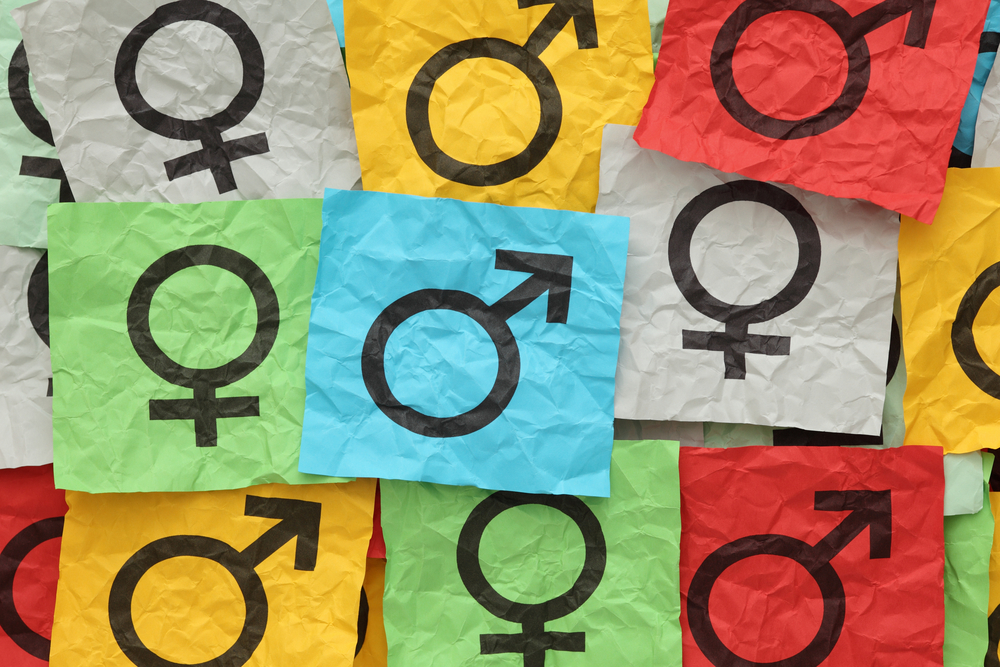Household Bills
Men paid more in eight in 10 of the most popular jobs

According to a study by HR software provider CIPHR, 65 of the top 78 (83%) most popular jobs in the UK have a gender pay gap in favour of men.
The company reviewed the latest official data from the Office for National Statistics (ONS) about men’s and women’s median hourly rates of pay to find out which occupations, industries, and geographical locations have the widest and smallest gender pay gaps in 2021.
CIPHR found that the average gender pay gap ranged from 13.8% for executive and personal assistants to 30.8% for financial managers and directors.
While most of these jobs have a lower gender pay gap than the UK average – 15.4% according to the latest figures – the women in these roles are still paid less than men overall.
The three most popular occupations for 2021, employing more than 2.2 million people, are sales and retail assistants, care workers and home carers, and administrative or clerical assistants.
The average gender pay gaps for these three roles are 5%, 1.7%, and 10.5% respectively, in men’s favour, despite women making up 64%, 83%, and 76% of the workforces respectively.
Nursing is the fourth largest occupation in the country, with more than half a million (547,000) workers – 86% of which are women. It also has a 4% gender pay gap in favour of men.
Fifth on the list is sales accounts and business development managers, with 461,600 workers (60% men and 40% women) and a 12.5% gender pay gap in favour of men. So, women doing this job typically only earn an average of 87p for every pound earned by a man.
Looking at the data more generally, by pay disparity rather than employee numbers, there are many occupations – spanning numerous sectors – with far wider pay gaps than the UK average.
The three occupations with the widest gender pay gap in favour of men include production managers and directors in mining and energy (44.7%), vehicle and metal goods assemblers (33.2%), and chemical and related process operatives (32.5%).
This is followed by financial managers and directors, and metal making and treating process operatives, with gender pay gaps of 30.8% and 30.7% respectively. For most of these jobs the workforce is predominantly male.
At the other end of the pay gap scale, the five jobs with the widest gender pay gaps in favour of women include midwives (-54.9%), barristers and judges (-34.2%), veterinary nurses (-33.1%), mechanical engineers (-26.7%), and special needs education teaching professionals (-25.5%).
Only health professionals (not elsewhere classified by the ONS) such as audiologists, dental hygiene therapists, dietitians, and occupational health advisers, and hairdressers and barbers, are reported to have no gender pay gap at all in 2021.
David Richter, director of marketing at CIPHR, said: “CIPHR’s gender pay gap survey in September revealed some surprising insights into how people perceive gender pay disparities in the UK – particularly in relation to their own workplace. While nearly all British workers agree that that the country has a gender pay gap, over half don’t believe one exists where they work. So, we decided to investigate how likely this really is – do most people work in occupations and industries with no gender pay gap?
“Using the latest official data from the ONS, we aimed to discover just how many of the UK’s most popular jobs – that’s occupational roles held by at least 100,000 people or more, are affected by a gender pay gap. Disappointingly, most of the job roles highlighted in CIPHR’s study still have a pay gap that favours men. Even after years of reforms and inclusive policies and initiatives, there’s still a long way to go to close the gap.”